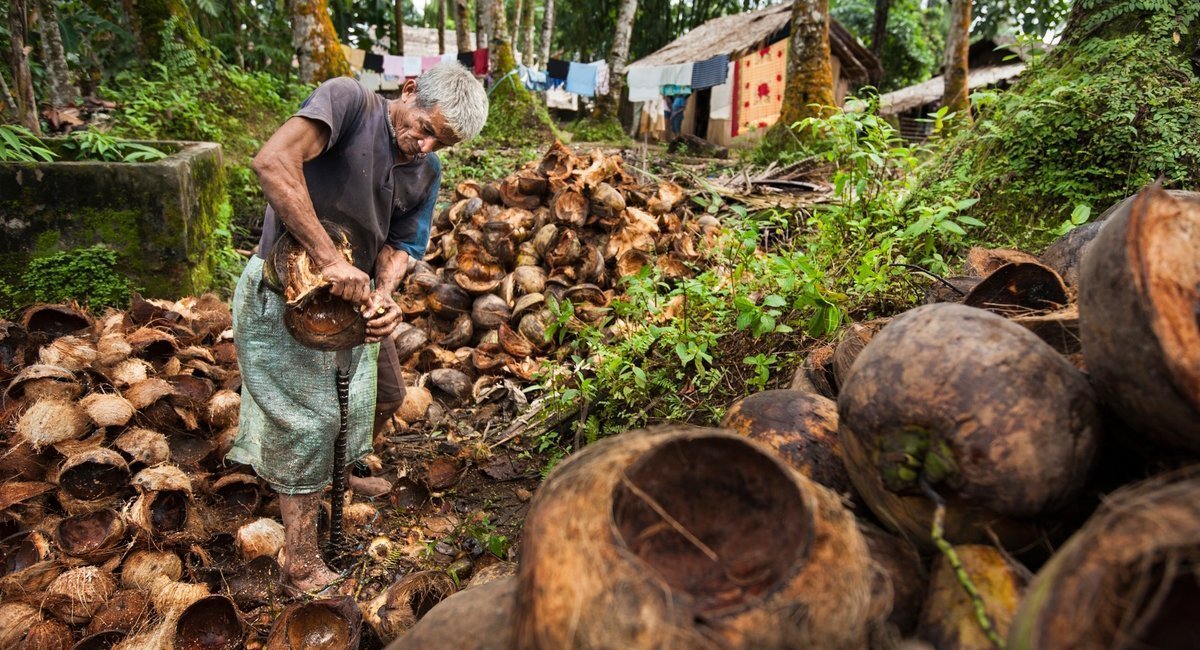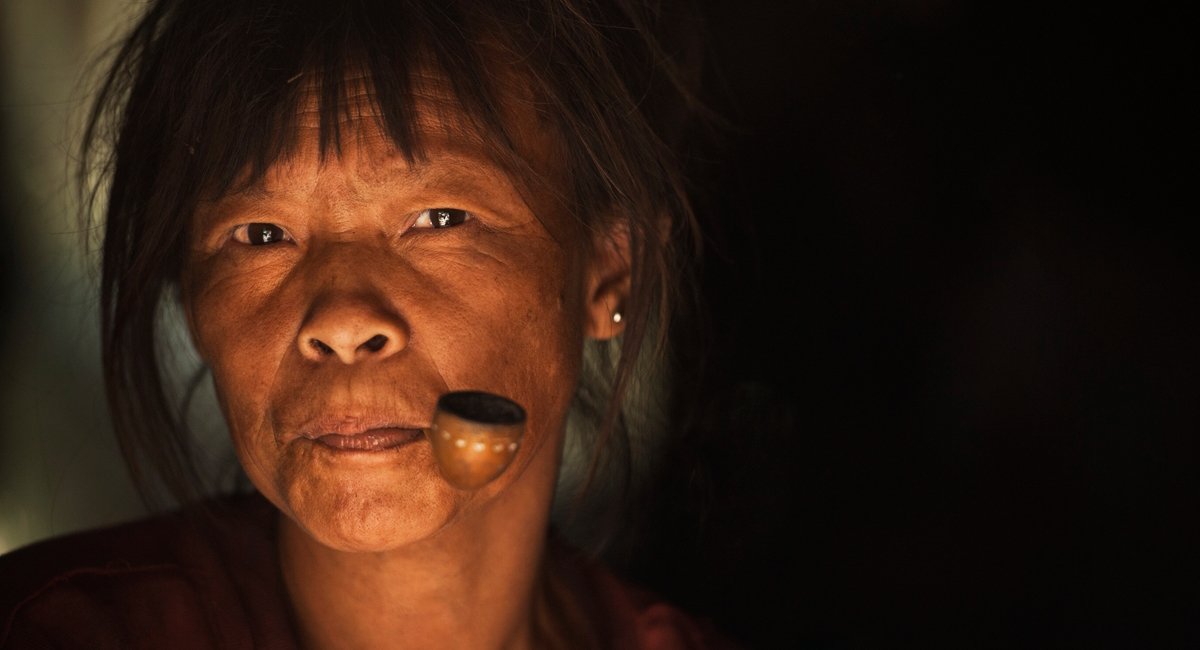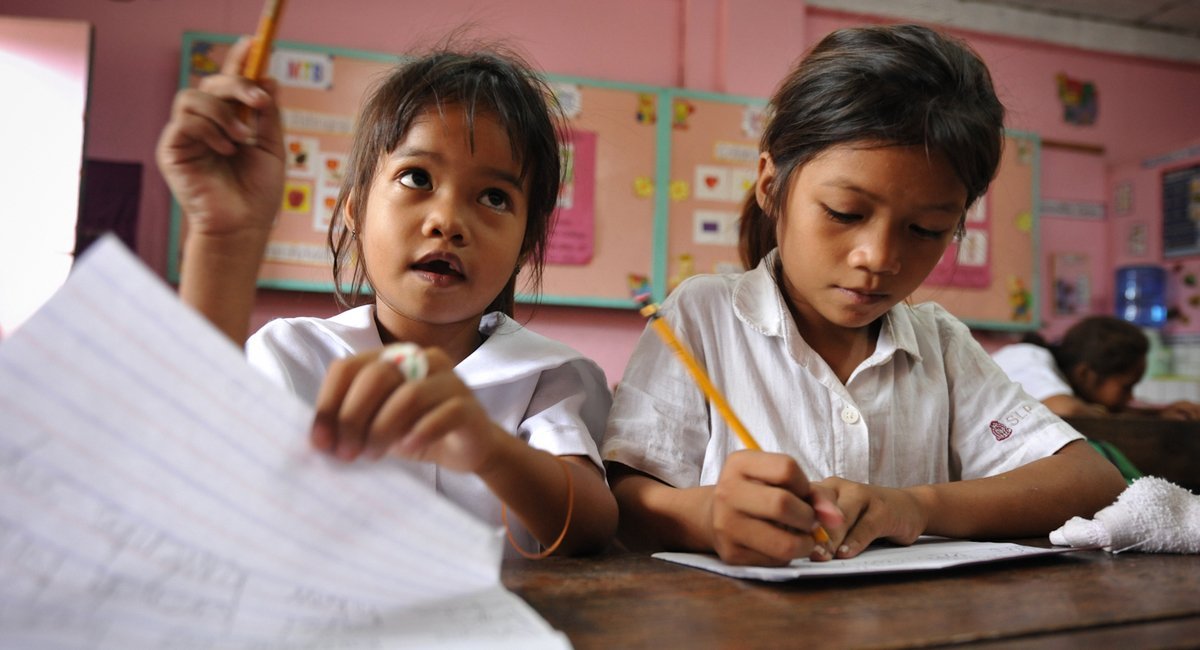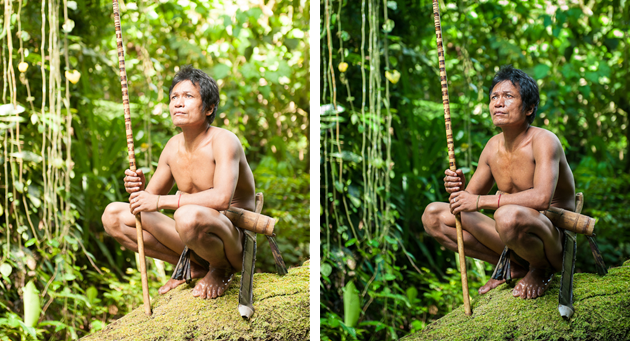Three weeks in the Cordilleras of Luzon and I feel like I have only scratched the surface of experiencing the rich cultures that make up the Igorot people. This is a common trend I have experienced while working on the Katutubong Filipino Project and one reason I hope to extended the project longer term, perhaps for another three years. More time is needed. This is especially true when trying to tell the story of the Igorot people who live in six different provinces with over 20 tribes all speaking different languages, practicing different rituals, and have different beliefs and cultures.
There are five common elements that great images typically have; Good use of light, color, a captivating moment, correct composition for the given situation, and the photographers choice of distance to their subject. Many times good images will use one or two of these elements, but lack strength in the others. I will be the first to admit that it is difficult to have all of these elements come together in one frame. Rarely do I take what would be considered a great photograph, but by aiming to capture all of these elements makes me strive to be better.
The past couple of months have been action packed with lots of traveling, learning and thinking of the year ahead. Inevitably, when one starts to think about the challenges and hopes for the future we find ourselves reflecting on the past. It was this time last year that my wife and I finished a successful Kickstarter campaign for the Katutubong Filipino Project (Indigenous Filipino people project). It feels like a lot longer than a year ago that we ventured into this project, but we are thankful for it and for all of the people we have meet because of it. We are still working on the project with two major areas still to visit with our Kickstarter funds.
Last month I made a long awaited trip to the island of Mindoro to visit some of the different Mangyan groups there. This trip took a few months to arrange and I was very excited our journey happened as I have been wanting to visit Mindoro for a long time. Although, we knew it would not be easy to get access to the different communities we wanted to visit, our contacts and non-stop effort explaining and promoting the Katutubong Filipino Project helped us significantly on this trip. There are 8 different Mangyan groups (Iraya, Alangan, Tadyawan, Tau-buid, Bangon, Buhid, Hanunoo and Ratagnon) on the island of Mindoro and all are distinctively different including their languages. Mangyan is just the collective term used for the indigenous peoples found on Mindoro.
Over the past month I have made two separate trips to Mindanao in the hopes to document the ethnic sport of horse fighting that is still occasionally practiced by the areas Lumads (indigenous peoples). My first trip was during Davao’s Kadayawan Festival, which is an annual week long celebration featuring the different tribes from Davao. This festival is like most other festivals in the Philippines, complete with street dancing, beauty pageants and plenty of people walking around the streets. In years past horse fighting was one of the side events at the Kadayawan Festival and was the sole reason I made the trip to Davao. Sadly, the tribal Chieftain, Datu Causing Ogao, who was in charge of this years horse fighting was murdered only three weeks before the festival. This murder was one of three tribal murders in the same time frame throughout this part of Mindanao.
Last week I had the opportunity to take some images for the Gift of Grace Foundation, a non-profit organization which provides resources to elementary school children living within the Umapad dumpsite of Mandaue City, Cebu. There are four large dump sites around metro Cebu with more than 5000 people living and scavenging for materials just trying to survive in whatever way they can. Many of the children living within these dumpsites are born into a life of extreme poverty and are often given very little opportunity to escape the cycle.
Adobe Lightroom 4 has some significant changes within its develop module that gives us photographers several new impressive tools when post-processing images. Adobe came out with a new image process version (2012) which is basically the image processing engine behind Lightroom and Photoshop’s Adobe Camera Raw plug-in. This new process version provides many significant updates, including more options when making local adjustments and the new highlights and shadows sliders (which essentially replaces the recovery slider in Lightroom 3). Because of these new powerful features in Lightroom 4 we can now, with much greater ease, recover those photos which we may have thought were unusable.
I often find myself analyzing other photographers images which inspire me. This helps me to think creatively and technically when I’m not out shooting myself. When looking at other photographers photos I ask myself questions such as; Where is the light coming from? How did the photographer interact with the subject? What is it about the composition that makes this a strong image? These kinds of questions are typically answered casually when I’m browsing photos, but it’s important to slow down occasionally and look a little closer. Here are two travel photos with more specific information on the conditions of how each was captured. I hope these examples will sprout some questions and get your creative and technical juices flowing.
Whether you are taking landscapes, portraits, or travel shots one of the bigger questions photographers are often faced with when shooting outdoors is what do we do with the sky? Because the sky is dynamic, it’s constantly changing its look, from its color to its brightness to the types of clouds it has in it, creating numerous photographic opportunities and challenges. By being aware of how the sky can influence and change our photos we will begin to make the most out of the different situations we find ourselves in. Here are a few suggestions that might help you think about the sky when shooting outdoors.
Lao Cai province of northern Vietnam borders the Chinese border and is home to a number of different ethnic minorities that have lived in the area for centuries. I came to Vietnam with very few expectations as our time was relatively short and our tickets were bought over six months ago. The original purpose of this trip was a mini-vacation of sorts and out of necessity to leave the Philippines for my visa renewal. We flew into Hanoi and decide to head straight to Lao Cai Province after a couple of days in this fast pace city. Parts of Lao Cai are fairly popular tourist destinations because of the beautiful landscapes and colorful minorities that live there, especially the mountain city of SaPa.
email: [email protected] |
© 2026 Jacob Maentz





